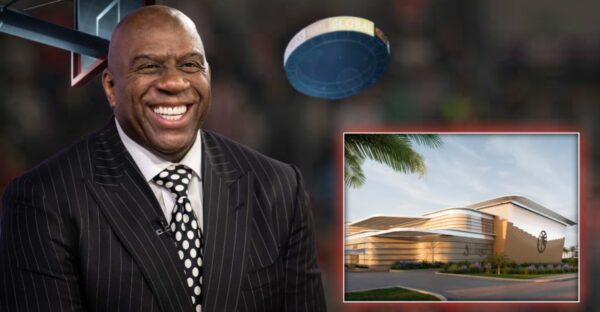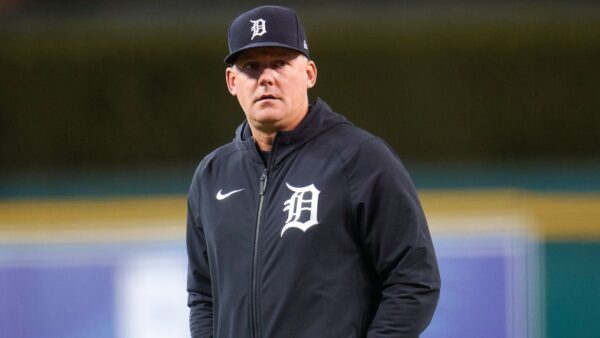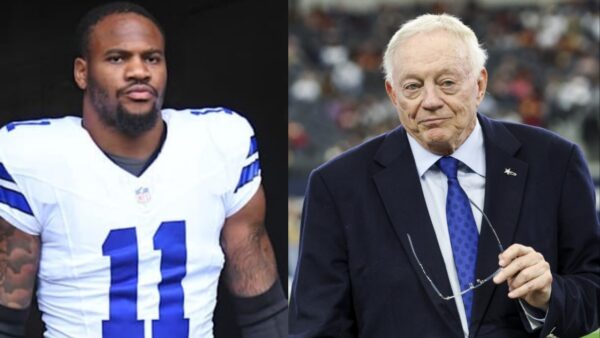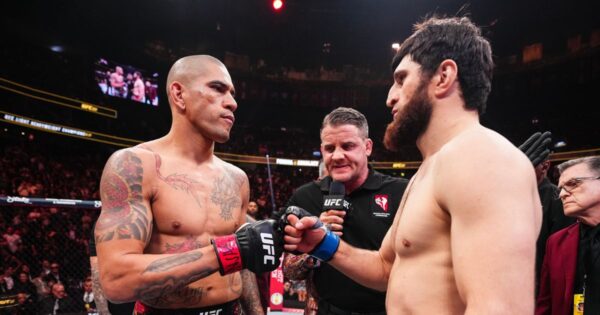Drive to Survive: How the Netflix Docuseries helped F1 reach new heights in the US

Fans in the grandstands at the 2021 United States Grand Prix (IMAGO / Motorsport Images)
🔍 Explore this post with:
Next year, Formula 1 will hold 3 races in the United States. The current two – Austin and Miami will be joined by a street race in Las Vegas, which will also be the penultimate race of the season. This is quite a turnaround, as for 4 seasons between 2008 and 2011, there were no races at all. So, how did this happen?
F1 has long struggled to really crack the American market – For many years, the problem was that the US just preferred its homegrown sports – like NASCAR, and the IndyCar racing series. From the years between 2008 to 2017, worldwide viewership of the sport was on the decline.
But since Liberty Media’s acquisition of Formula One Group in 2017, things have begun to change. A lot of that change comes from a Netflix series, called ‘Drive to Survive’, which was announced in 2018 and premiered in 2019. It gave people an inside look on F1 behind the scenes, and the various storylines, such as Marcus Ericsson fighting for his future in F1, or Romain Grosjean’s ‘Fireball’ crash in Bahrain 2020.
It’s become a phenomenon, and it’s also affected media engagement i.e how fans interact with the sport. Formula 1 is not an easy sport to get yourself into, but DTS shows you what the teams go through. As much as they allow, anyways. Its primary appeal comes from perceived or real rivalries, conflicts and controversies. It does have a tendency to enhance the drama between the lines, even in places where there is none present. But it’s got viewers hooked.
F1, Drive to Survive, and the Statistics

Netflix shines with younger audiences, and so does Drive to Survive. It’s unquestionably helped bring in younger viewers into the sport, especially from the US. The effect is rather obvious. It has seeped its way into Formula 1 meme culture. If you browse through F1 twitter, it won’t be long before you find a screencap from ‘Drive to Survive’ being used as the base for a meme.
Studies by Nielsen validate this fact. They found among the general population that 34% of viewers became a fan of the sport after watching, 30% said that they understand the sport better, and 29% felt more engaged with the sport. They also tracked fan growth in the US, which increased about 10% from 44.9 million in 2019, when the show first released on Netflix, to 49.2 million in 2022.
In the 2021 Global Fan Survey, it was found that over a third of the respondents were aged 16-24, while people in the age group 25-34 made up more than a further one-fourth of the total respondents. It was also the most diverse survey ever, with female respondents accounting for 18.3% of the total sample. One in four respondents from Africa and the Middle East were female.
Since 2018, the average viewership per race in the U.S. has increased from 547,722 viewers to 1,400,000 viewers in 2021. 2019 itself posted an increase to 672,000 (from 547,722 in 2018). Over the whole 2021 season, F1 averaged 934,000 viewers on American broadcaster ESPN.
Also in 2021, the United States Grand Prix in Austin was the best-attended race of the season, with audience numbers of 400,000 people. And this is not even properly post-pandemic. In 2018, before Drive to Survive, it was ‘only’ 264,000. There are too many signs pointing directly to the TV show to ignore them.
Not everyone likes ‘Drive to Survive’

But, you may ask, is this actually good for the sport? Well, higher viewership is always good. It means more interest in the sport, more engagement, and generally, more money coming into the sport. But there is quite a bit of elitism surrounding ‘Drive to Survive’ among fans, with anyone who is not knowledgeable (but pretends to be) getting branded a ‘DTS fan’.
Recently, the hosts of the ‘Pitstop Podcast’ came under fire on Twitter. Why? Jake Boys and Fabio Bocca get free paddock passes, and access to interviews with the drivers. But apparently, they did not know who the 2013 world champion was, with Boys suggesting it ‘could have been’ Nico Rosberg. They also were unaware of how many teams Sebastian Vettel has raced for. It’s not exactly a cardinal sin, but…
Well, it was not taken all that light-heartedly, and the duo came under blast from fans. While people did not taken issue with them just not knowing about F1, the problem to most people was their popularity and access to the paddock despite ‘low’ knowledge of the sport.
One fan even suggested that Drive to Survive is the worst thing to happen to Formula 1.
Fans also cited how women won’t be in their situation, as it would be much harder for them to gain access to the paddock, and this level of popularity if they did not have much knowledge of the sport.
But it’s not just the fans who have a problem with the TV show. Even people in the paddock have spoken out against exaggerated drama and alleged misrepresentations, including the current world champion, Max Verstappen.
Also Read: F1 fans debate whether Mercedes will go back to their winning ways at the United States GP
The Max Verstappen Problem

Max Verstappen, the current (now two-time) world champion also has a problem with the Netflix series and dropped out of the fourth season of the show. This was a problem (even if Red Bull were involved), to say the least, as he was involved in perhaps the most exciting title battle in many years with Lewis Hamilton, which all culminated in a controversy-fueled ending of the Abu Dhabi Grand Prix.
Ahead of the 2021 United States Grand Prix, Verstappen said to the Associated Press: “I understand that it needs to be done to boost the popularity in America. But from my side as a driver, I don’t like being part of it.” and elaborated why that was the case: “They faked a few rivalries which they don’t really exist.”
The Dutchman just wanted ‘facts’: “So I decided to not be a part of it and did not give any more interviews after that because then there is nothing you can show. I am not really a dramatic show kind of person, I just want facts and real things to happen.” and of course, the ‘serious’ audience has also pointed this out.
But now, even he has softened his stance on the TV show, and is more willing to be involved, as reported by Reuters: “I just sat together with them and I explained how I thought about it and what I thought went wrong in the past and it was actually a very good, quick little chat and we’ll try to improve from there.”
While he wants it to be more realistic, Verstappen is now more willing to play a role: “I hope, of course, that it’s going to be good, because I also understand that Netflix really helped a lot for the popularity, especially in the U.S., and I don’t mind playing a role in that but it needs to be good for both of us.”
Even the current world champion acknowledges the role ‘Drive to Survive’ has played in increasing the sport’s popularity in the US, what other proof could someone possibly want? And the show is here to stay. The show was renewed for a fifth and sixth season prior to the inaugural Miami Grand Prix, and the numbers warrant it. A further boost to its popularity may be provided by an American driver in F1, and Liberty Media are reported to be keen on Logan Sargeant.
Also Read: ‘[F1’s owners] are pretty keen on him’: Mark Webber brands Logan Sargeant the favourite to join Williams in 2023







